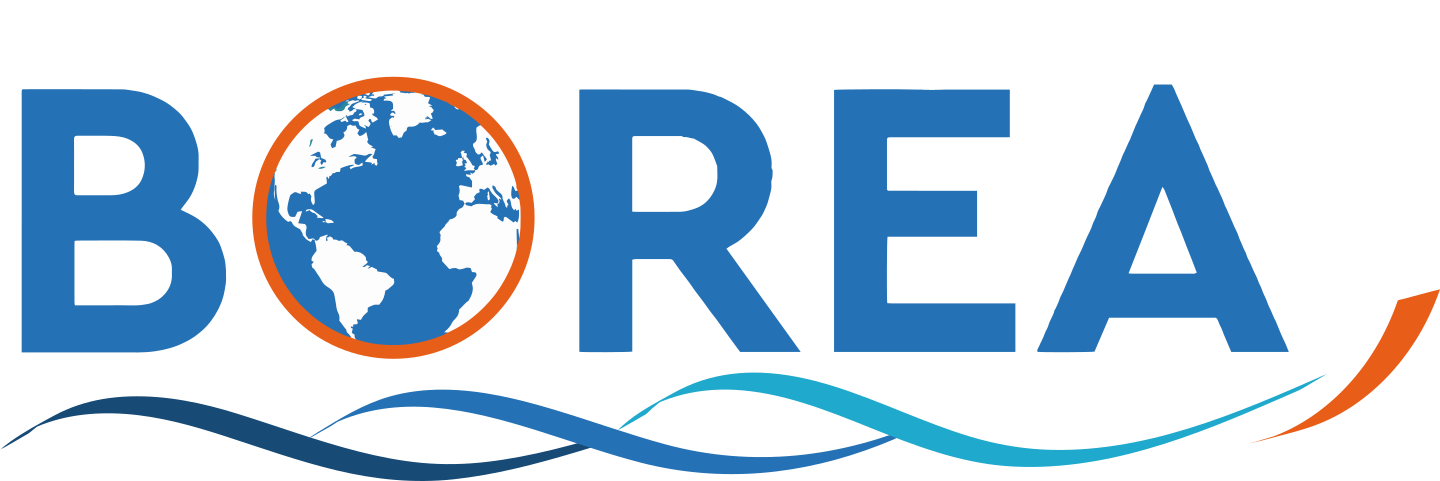Journal
<p>The factors responsible for inducing the synthesis of toxins and responses from toxic phytoplankton<br />
blooms remain unclear. In this study we compare the influence of genotypic (at both the intra and<br />
interspecific levels) and environmental factors (nutrient concentration and ratio) on growth (in terms of<br />
cell densities) and domoic acid (DA) production in three Pseudo-nitzschia species: P. australis, P.pungens<br />
and P.fradulenta. A strong phosphate effect was detected. More precisely, a low initial concentration in<br />
phosphate, even at high initial nitrogen and silicate concentrations, induced the highest DA<br />
concentrations and the lowest cell densities in all strains/species studied. In contrast, a low initial<br />
concentration of nitrogen and silicate combined, with a higher phosphate concentration resulted in low<br />
cell densities, but without high DA production. Inter-species effects were also observed in DA production,<br />
where P. australis represented the most toxigenic species of all. Intra-specific variations were only<br />
moderate, except for a recently isolated P. australis strain, suggesting the influence of time since isolation<br />
on the physiology and DA production of Pseudo-nitzschia species. Overall, the lack of strong interaction<br />
between environmental and genotypic factors showed that the various genotypes investigated did not<br />
extensively diverge in their ability to respond (in terms of DA production and cell densities) to contrasting<br />
nutrient supply.</p>

